Port of Long Beach’s cargo volumes remain relatively flat in 2011
 |
| Port of Long Beach |
After a record year in 2010, containerized cargo traffic at the Port of Long Beach remained relatively flat last year due to the departure of one of its tenants. Remaining container terminals saw modest gains.
Port shipping terminals moved a total of 6.1 million TEU last year, a drop of 3.2% compared to 2010. Imports were down 3.3%, and exports declined 3.6%. California United Terminals, which vacated one of the port's seven container terminals in late 2010, accounted for roughly a tenth of the port’s overall container traffic.
Adjusting for CUT’s departure, the remaining six container terminals saw a gain of 8.1% in 2011. Imports were up 10.1% and exports climbed 7.8%. The Port of Long Beach remains a primary gateway for transpacific trade. In spite of the challenging economy, port tenants saw growth in 2011, underscoring the need to continue improving facilities to remain competitive.
The Port of Long Beach has more than $4 billion in capital improvement projects planned for the coming decade, including construction of the Middle Harbor Project, which will combine two existing terminals into a state-of-the-art container facility with double the capacity while reducing related pollution by half.
For the month of December, the port moved 509,944 TEU, a 2.6% decrease compared to the same period a year ago, a more modest decline after months of double digit drops. Imports were down 3.2% to 248,609 TEU, and exports were down 8.4% to 129,229 TEU.
Adjusted for CUT's departure, overall container traffic was up 1.7% in December in the remaining terminals compared to December 2010. Imports were up 1.8%, and exports were down 4.5% < Korea Shipping Gazette >
많이 본 기사
- 국제물류업계, 광양항 마지막 배후단지 활용법 모색한다‘일상이 된 물류시장 불확실성’, AI·친환경이 돌파구‘고환율·저운임’ 글로벌 물류기업 일제히 부진한 실적 신고‘수요 둔화 지속’ 컨운임지수 한주만에 1300선으로 후퇴DHL, 중동 두바이에 차세대 물류허브 개소해운협회, 부산항도선사회와 CCTV 활용 안전도선 업무협약한국해양대, 장금상선등 해운사와 해양인재 양성방안 모색2028년 유엔 해양총회 한국 유치 확정KMI, 우리나라와 북극권국가 협력 방안 모색벌크선시장, 급등 이후 조정 '속도 조절 들어가나'
- 인사/ 팬오션전재수 해수부 장관 사의…“해양수도권 차질없이 육성되길”쿠팡 박대준 대표이사 사임…“개인정보 유출 책임 통감”에스티엘글로벌, 한국해大 해사대학에 장학금 기부日 ONE 운항 9100TEU급 컨선 화재…공동해손 선언인사/ 해양수산부윌로그, 벤처창업진흥유공 대통령 표창 수상아시아나IDT, 산업안전세미나 개최…‘플랜투두’ 확산 전략 공유아로아랩스, 중기부 창업지원프로그램 선정…연구개발 자금 확보부음/ 해운조합 최종진 본부장 빙모상









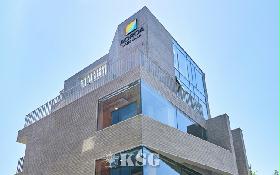
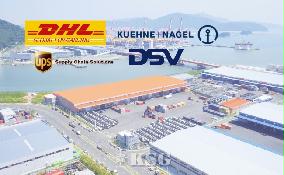

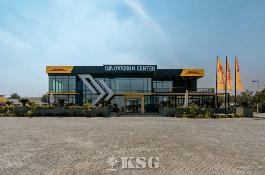
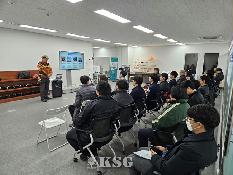




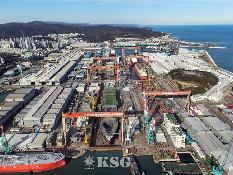
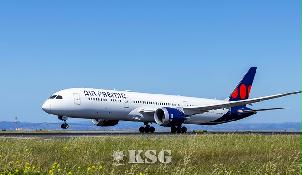


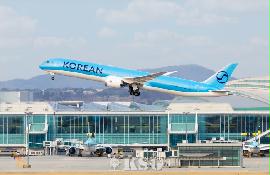


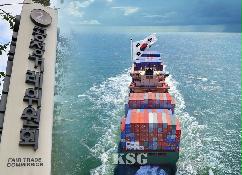



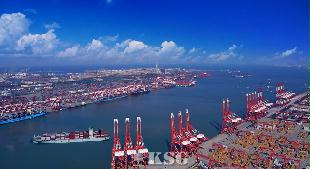
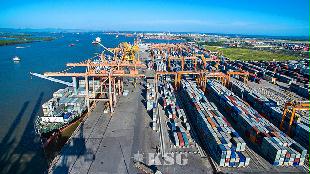
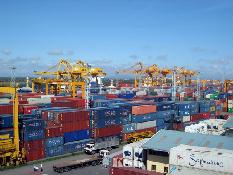






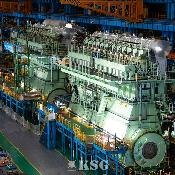
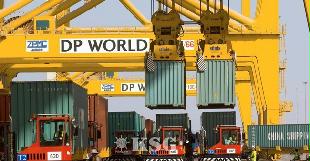

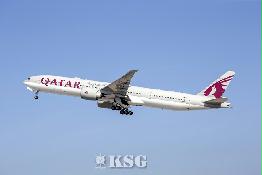





















0/250
확인